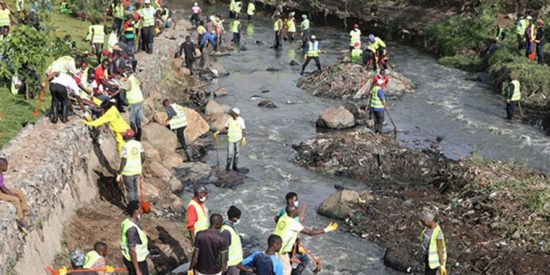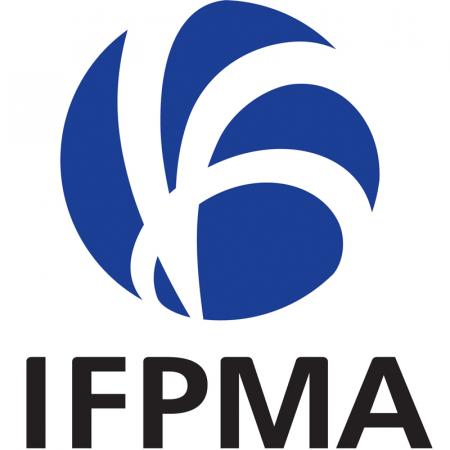Environmental surveillance of wastewater in Delhi reveals a resilient TEM β-lactamase variant in multidrug-resistant bacteria: A sentinel for environmental AMR hazard
This study highlights the growing role of urban wastewater as a hotspot for antimicrobial resistance (AMR) evolution. Environmental surveillance in Delhi, India — covering the Yamuna River, sewage treatment plant effluent, Bhalswa Lake, and cow dung–contaminated runoff — identified β-lactam-resistant bacteria, including a previously unreported TEM β-lactamase variant, named TEM(N), found exclusively in Escherichia ruysiae from sewage effluent. TEM(N) carried four key mutations enhancing its substrate-binding flexibility and structural stability, resulting in broad resistance to β-lactam antibiotics and reduced susceptibility to inhibitors such as avibactam and tazobactam. With a high multiple antibiotic resistance index (≥0.88), this variant illustrates how wastewater environments can drive the emergence of highly adaptable resistance genes. The findings emphasize the urgent need for integrated wastewater and AMR surveillance to prevent the environmental-to-clinical spread of high-risk resistance determinants.
AMR NEWS
Your Biweekly Source for Global AMR Insights!
Stay informed with the essential newsletter that brings together all the latest One Health news on antimicrobial resistance. Delivered straight to your inbox every two weeks, AMR NEWS provides a curated selection of international insights, key publications, and the latest updates in the fight against AMR.
Don’t miss out on staying ahead in the global AMR movement—subscribe now!






